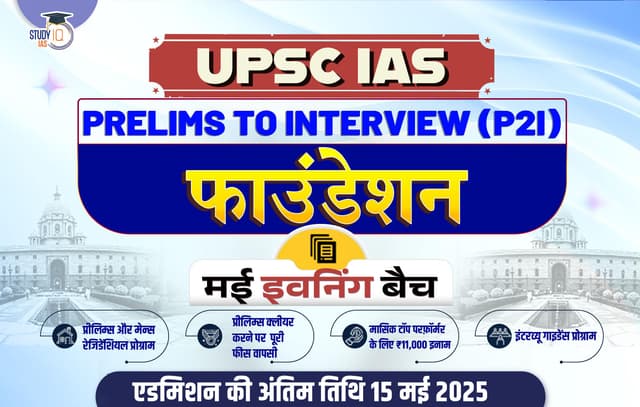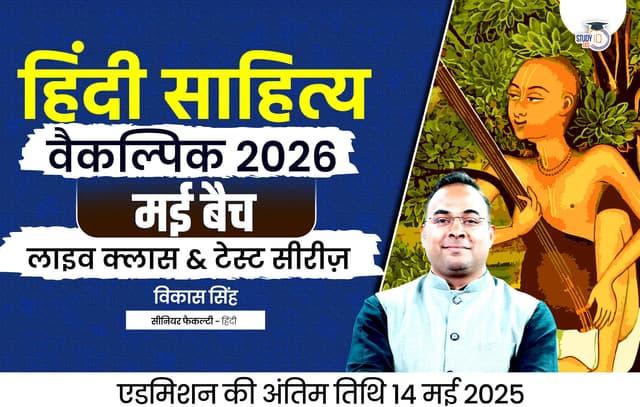Table of Contents
The Constitution of India, adopted on January 26, 1950, is a comprehensive document that establishes the framework for governance in the country. Known for its length and depth, the Indian Constitution incorporates various features that make it a unique and dynamic legal framework. Below are the salient features of the Indian Constitution.
Salient Features of Indian Constitution
The Indian Constitution begins with a preamble that outlines its aims, goals, and core principles. These goals have influenced the main parts of the Constitution. Based on the country’s needs, India’s Constitution includes the best features from many major international constitutions. However, it is unique because of several important characteristics that set it apart. The Indian Constitution, adopted on January 26, 1950, is one of the world’s longest and most detailed constitutions. It upholds key principles like democracy, equality, and justice, and also reflects the country’s rich cultural, social, and historical diversity.
List of Salient Features of Indian Constitution
The Indian Constitution is the supreme law of the land and lays down the framework defining fundamental political principles, establishes the structure, procedures, powers, and duties of government institutions, and sets out fundamental rights, directive principles of state policy, and the duties of citizens. Here’s the complete List of Salient Features of the Constitution of India:
- Lengthiest Written Constitution
- Drawn from Various Sources
- Blend of Rigidity and Flexibility
- Federal System with Unitary Bias
- Parliamentary Form of Government
- Synthesis of Parliamentary Sovereignty and Judicial Supremacy
- Rule of Law
- Integrated and Independent Judiciary
- Fundamental Rights
- Directive Principles of State Policy
- Fundamental Duties
- Indian Secularism
- Universal Adult Franchise
- Single Citizenship
- Independent Bodies
- Emergency Provisions
- Three-tier Government
- Co-operative Societies
Discuss Salient Features of Indian Constitution
Here’s a detailed description of the Salient Features of the Indian Constitution:
1. Lengthiest Written Constitution
There are two types of constitutions: written (like the American Constitution) and unwritten (like the British Constitution). The Indian Constitution holds the title of being the world’s longest and most comprehensive constitution to date. The country’s vastness, its large size and varied landscapes make it expansive. Historically, the complicated Government of India Act, 1935, also had an impact. Moreover, there is one Constitution that covers both the central and state governments, adding to its complexity. Legal experts in the Constituent Assembly played an important role in creating this structure, and the detailed rules help manage the country effectively.
2. Drawn from Various Sources
Most of the Indian Constitution’s provisions were borrowed from other countries’ constitutions and the Government of India Act of 1935, which contributed around 250 provisions. Dr. B. R. Ambedkar proudly stated that they examined many constitutions from around the world to create India’s Constitution. The Government of India Act provided a solid foundation for much of the Constitution’s structure. The philosophical parts, like Fundamental Rights and Directive Principles, were inspired by the Irish and American Constitutions. The British Constitution influenced the political aspects, including the idea of a Cabinet system and the relationship between the executive and legislative branches.
| Source | Borrowed |
| Government of India Act, 1935 | Federal Scheme, Office of Governor, Judiciary, Public Service Commissions, Emergency Provisions, Administrative Details |
| British Constitution | Parliamentary Government, Rule of Law, Legislative Procedure, Single Citizenship, Cabinet System, Prerogative Writs, Parliamentary Privileges, Bicameralism |
| US Constitution | Fundamental Rights, Independence of Judiciary, Judicial Review, Impeachment of President, Removal of Supreme Court and High Court Judges, Post of Vice-President |
| Irish Constitution | Directive Principles of State Policy, Nomination of Members to Rajya Sabha, Method of Election of President |
| Canadian Constitution | Federation with a Strong Centre, Vesting of Residuary Powers in the Centre, Appointment of State Governors by the Centre, Advisory Jurisdiction of Supreme Court |
| Australian Constitution | Concurrent List, Freedom of Trade, Commerce, and Inter-course, Joint Sitting of Two Houses of Parliament |
| Weimar Constitution of Germany | Suspension of Fundamental Rights During Emergency |
| Soviet Constitution (USSR, now Russia) | Fundamental Duties, Ideal of Justice (Social, Economic, and Political) in Preamble |
| French Constitution | Republic and Ideals of Liberty, Equality, and Fraternity in Preamble |
| South African Constitution | Procedure for Amendment of Constitution, Election of Members of Rajya Sabha |
| Japanese Constitution | Procedure Established by Law |
3. Blend of Rigidity and Flexibility
There are two types of constitutions:
- stiff
- and flexible.
A rigid constitution, like the American Constitution, can only be changed by following a specific process. In contrast, a flexible constitution, like the British Constitution, can be updated just like regular laws. The Indian Constitution is a good example of how both rigidity and flexibility can exist together. The way a constitution can be amended shows whether it is rigid or flexible.
4. Federal System with Unitary Bias
The Indian Constitution establishes a federal system of governance. It includes all key features of a federation, such as two levels of government, a division of powers, a written constitution, the Constitution’s supremacy, a strong judiciary, and a bicameral legislature. K.C. Wheare described the Indian Constitution as “federal in form but unitary in spirit” and “quasi-federal.”
5. Parliamentary Form of Government
The Constitution of India has chosen the British Parliamentary System of Government instead of the American Presidential System. This parliamentary system is set up at both the central and state levels. Important features of India’s parliamentary government include having both a nominal and a real executive, rule by the majority party, collective responsibility of the executive to the legislature, ministers being members of the legislature, leadership by the Prime Minister or Chief Minister, and the ability to dissolve the lower house (Lok Sabha or Assembly).
While the Indian parliamentary system is mainly based on the British model, there are some important differences. For instance, the Indian Parliament is not a sovereign body like the British Parliament. Additionally, India has an elected head of state (a republic), while Britain has a hereditary head of state (a monarchy).
6. Synthesis of Parliamentary Sovereignty & Judicial Supremacy
The British Parliament follows the idea of parliamentary sovereignty, while the American Supreme Court is based on the doctrine of judicial supremacy. The Indian Supreme Court has less power to review laws than the US Supreme Court does, just as the Indian parliamentary system is different from the British one. This is so that it can be contrasted with the Indian Constitution’s “procedure established by law” and the American Constitution’s guarantee of “due process of law” (Article 21).
7. Rule of Law
This idea means that people are not perfect, so society should be ruled by laws instead of by individuals. This principle is important in a democracy. The belief that the rule of law is the highest authority is even more crucial. At its core, law is based on customs, which are the habits and beliefs that people develop over a long time. In the end, the rule of law reflects the shared wisdom of the people.
8. Integrated and Independent Judiciary
A single, integrated judicial system exists in India. The Indian Constitution also establishes an independent judiciary by preventing the legislature and government from having any influence over it. The Supreme Court of the legal system is known as the Supreme Court.
The state-level High Courts are superior courts to the Supreme Court. District courts and other lower courts fall within the high court’s hierarchy of subordinate courts. As the highest court of appeal, the protector of people’s basic rights, and steward of the Constitution, the Supreme Court is a federal court. As a result, the Constitution contains a number of safeguards that guarantee its independence.
9. Fundamental Rights
Six Fundamental Rights are guaranteed to all citizens of India under Part III of the constitution. One of the key components of the Indian Constitution is the guarantee of fundamental rights. The fundamental tenet of the Constitution is that everyone has a right to certain freedoms as a fellow human being and that the exercise of those freedoms is independent of the majority or minority opinion. Such rights cannot be revoked by a majority. The purpose of the fundamental rights is to further the notion of democratic democracy.
| Right | Articles |
| Right to Equality | 14-18 |
| Right to Freedom | 19-22 |
| Right against Exploitation | 23-24 |
| Right to Freedom of Religion | 25-28 |
| Cultural and Educational Rights | 29-30 |
| Right to Constitutional Remedies | 32 |
10. Directive Principles of State Policy
The Directive Principles of State Policy is a “new aspect,” in Dr. B. R. Ambedkar’s words, of the Indian Constitution. They are listed in the Constitution’s Part IV. For the sake of ensuring social and economic justice for our citizens, the Directive Principles were incorporated into our Constitution.
According to Directive Principles, money will not be concentrated in the hands of a small number of people under India’s welfare state. They are inherently not justiciable. The Indian Constitution is established on the foundations of the balance between the Fundamental Rights and the Directive Principles, the Supreme Court ruled in the Minerva Mills case (1980).
11. Fundamental Duties
The fundamental obligations of citizens were not outlined in the original constitution. The Swaran Singh Committee’s suggestion led to the 42nd Amendment Act of 1976, which introduced Fundamental Duties to our Constitution. It outlines a list of ten Fundamental Duties that all Indian people must uphold. One more essential obligation was later added by the 86th Constitutional Amendment Act of 2002. While the duties are expectations placed on every citizen, the rights are offered to the people as guarantees.
12. Indian Secularism
India’s Constitution upholds a secular government. As a result, it does not support a specific religion as the state’s official religion in India. The idea seeks to create a secular state. This does not imply that the Indian government is hostile to religion. The Indian constitution exemplifies secularism, which is the practice of treating all religions equally or providing equal protection for all of them.
13. Universal Adult Franchise
The Indian Constitution allows universal adult voting for elections to the Lok Sabha and state assemblies. Every citizen aged 18 and older has the right to vote, regardless of caste, race, religion, gender, literacy, or wealth. In 1989, the voting age was lowered from 21 to 18 years through the 61st Constitutional Amendment Act.
14. Single Citizenship
The Indian Constitution is federal, meaning it has both central and state governments, but it offers only one type of citizenship: Indian citizenship. This means that all citizens, no matter where they are born or live in India, have the same political and civil rights, with no discrimination between them.
15. Independent Bodies
The Indian Constitution creates several independent bodies alongside the legislative, executive, and judicial branches of the federal and state governments. These bodies are seen as essential parts of India’s democratic system.
16. Emergency Provisions
The authors of the Constitution anticipated that there might be circumstances in which the government could not function as it does in normal circumstances. The Constitution elaborates on emergency provisions to deal with such circumstances. During a crisis, the state governments take complete control of the federal government, which gains absolute authority.
17. Three-Tier Government
The Indian Constitution initially set up a two-level government, outlining the powers of the central and state governments. Later, the 73rd and 74th Constitutional Amendment Acts of 1992 introduced a third level of government, known as local government, which is not found in most other countries’ constitutions. By adding a new Part IX and a new Schedule 11 to the Constitution, the 73rd Amendment Act of 1992 gave the panchayats (rural local governments) formal status. Similar to this, the 74th Amendment Act of 1992 provided urban local governments (municipalities) official recognition by introducing a new Part IX-A and Schedule 12 to the Constitution.
18. Co-operative Societies
The 97th Constitutional Amendment Act of 2011 gave cooperative societies constitutional status and protection. It allows Parliament to make laws for multi-state cooperative societies, while state legislatures can make laws for other cooperative societies.
Check here: Important Articles of Indian Constitution
Criticism of Salient Features of Indian Constitution
The Indian Constitution is one of the most comprehensive and well-drafted constitutions in the world. However, it is not without its critics. Some of the salient features of the Constitution that have been criticized include:
- Length and complexity: The Indian Constitution is one of the longest constitutions in the world, with over 450 articles. This can make it difficult for ordinary citizens to understand and comprehend the Constitution.
- Rigidity and flexibility: The Constitution is both rigid and flexible. On the one hand, it is difficult to amend the Constitution, as amendments require a special majority in both houses of Parliament. On the other hand, the Constitution has been amended over 100 times, which suggests that it is not flexible enough to meet the changing needs of the country.
- Federalism with a unitary bias: The Indian Constitution establishes a federal system of government, with power divided between the central government and the state governments. However, the Constitution gives the central government more power than the state governments. This has led to accusations that the Constitution is unitary in nature.
- Parliamentary form of government: India has a parliamentary form of government, in which the executive branch is responsible to the legislature. This system of government has been criticized for being too unstable and for leading to frequent changes in government.
- Fundamental rights: The Indian Constitution guarantees six fundamental rights to all citizens of India. However, these rights have been criticized for being too restrictive and for not providing adequate protection to citizens.
- Directive Principles of State Policy: The Constitution lays down certain Directive Principles of State Policy (DPSPs) which are guidelines for the government to follow in order to achieve social justice and economic development. However, the DPSPs are not enforceable in a court of law and have been criticized for being toothless.
- Emergency provisions: The Constitution includes emergency provisions that allow the central government to suspend fundamental rights and impose direct rule on the states during times of emergency. These provisions have been criticized for being too broad and for being used by the government to suppress dissent.
Aspirants can check out UPSC Syllabus 2024 for their IAS Preparation Journey for the Upcoming UPSC Exam
Salient Features of Constitution of India UPSC
The preamble introduces the Indian Constitution. The Constitution’s goals, objectives, and guiding principles are described in the Preamble. The Preamble’s objectives have directly and indirectly influenced the fundamental elements of the Constitution. Our Constitution has incorporated the best features of the majority of the main constitutions in the world in accordance with national demands. Despite drawing inspiration from almost every other constitution in the world, India’s constitution has many unique features that make it stand out from other nations.

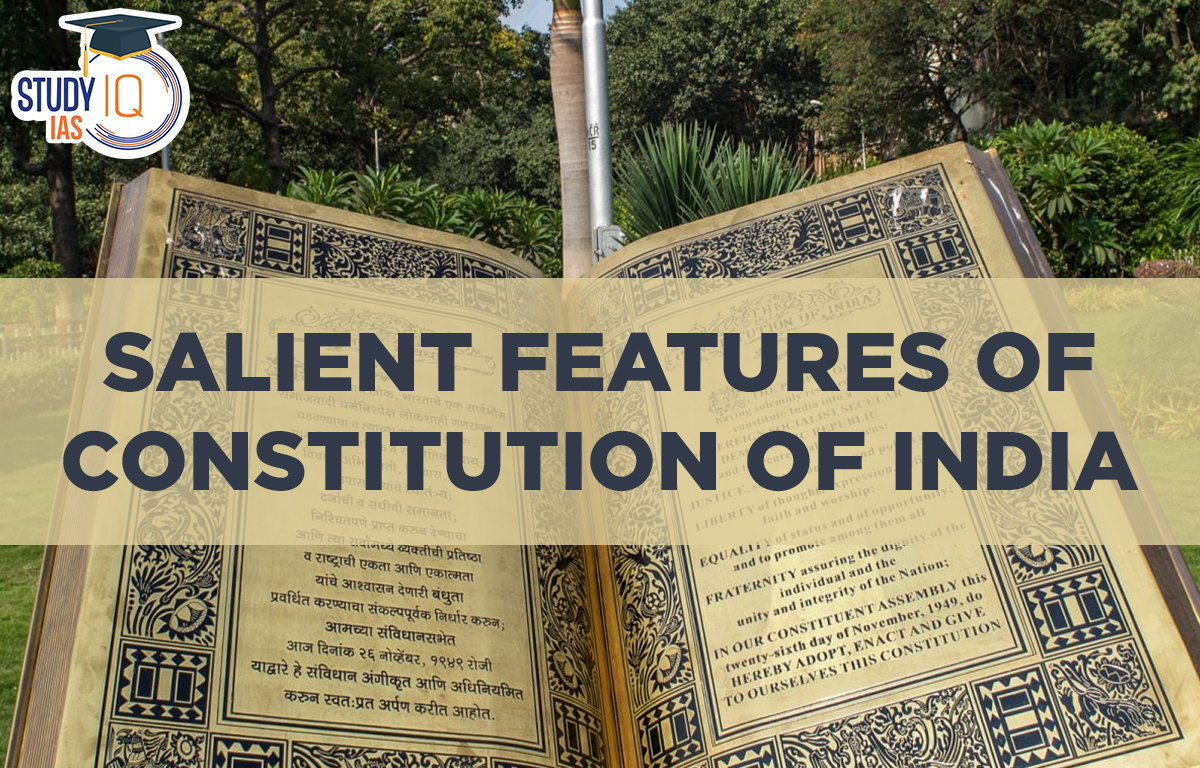
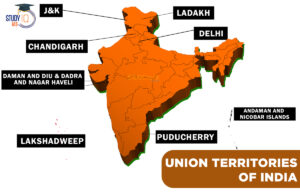 Union Territories of India with Capital,...
Union Territories of India with Capital,...
 Strengthening Parliamentary Oversight in...
Strengthening Parliamentary Oversight in...
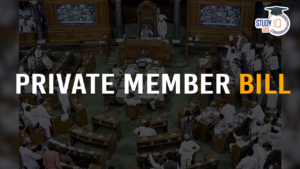 Private Member Bill, Key Provisions, Sig...
Private Member Bill, Key Provisions, Sig...


